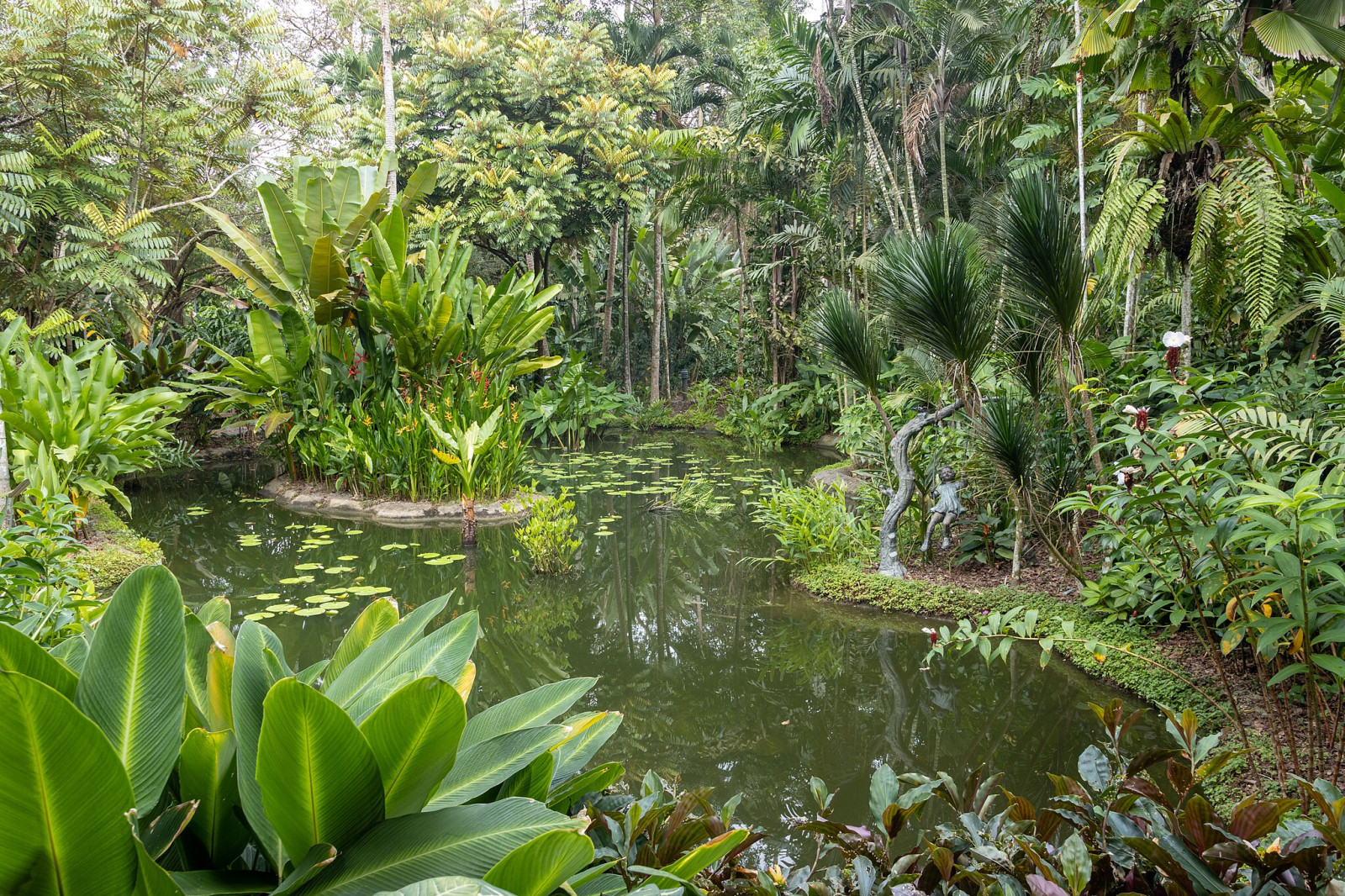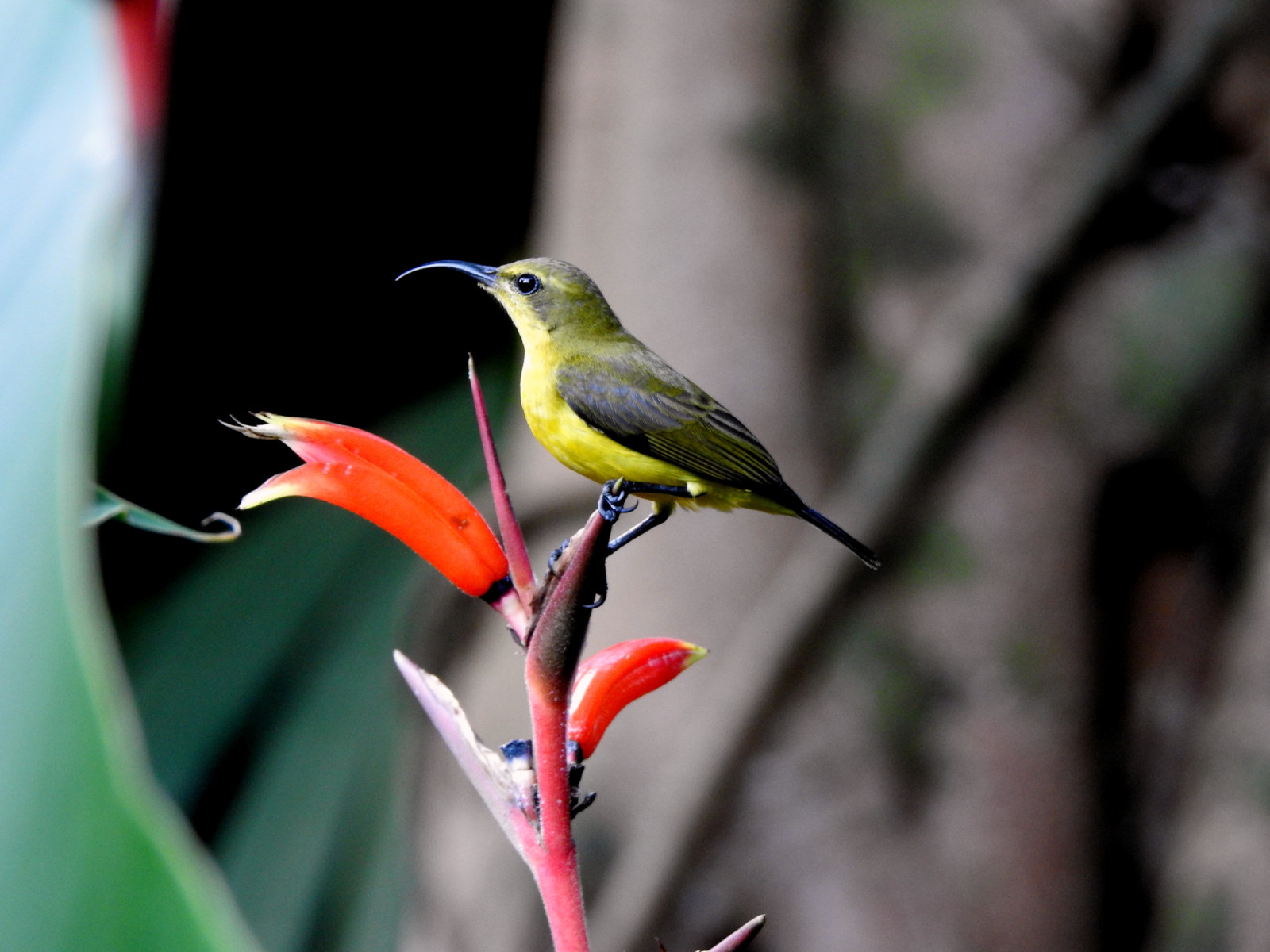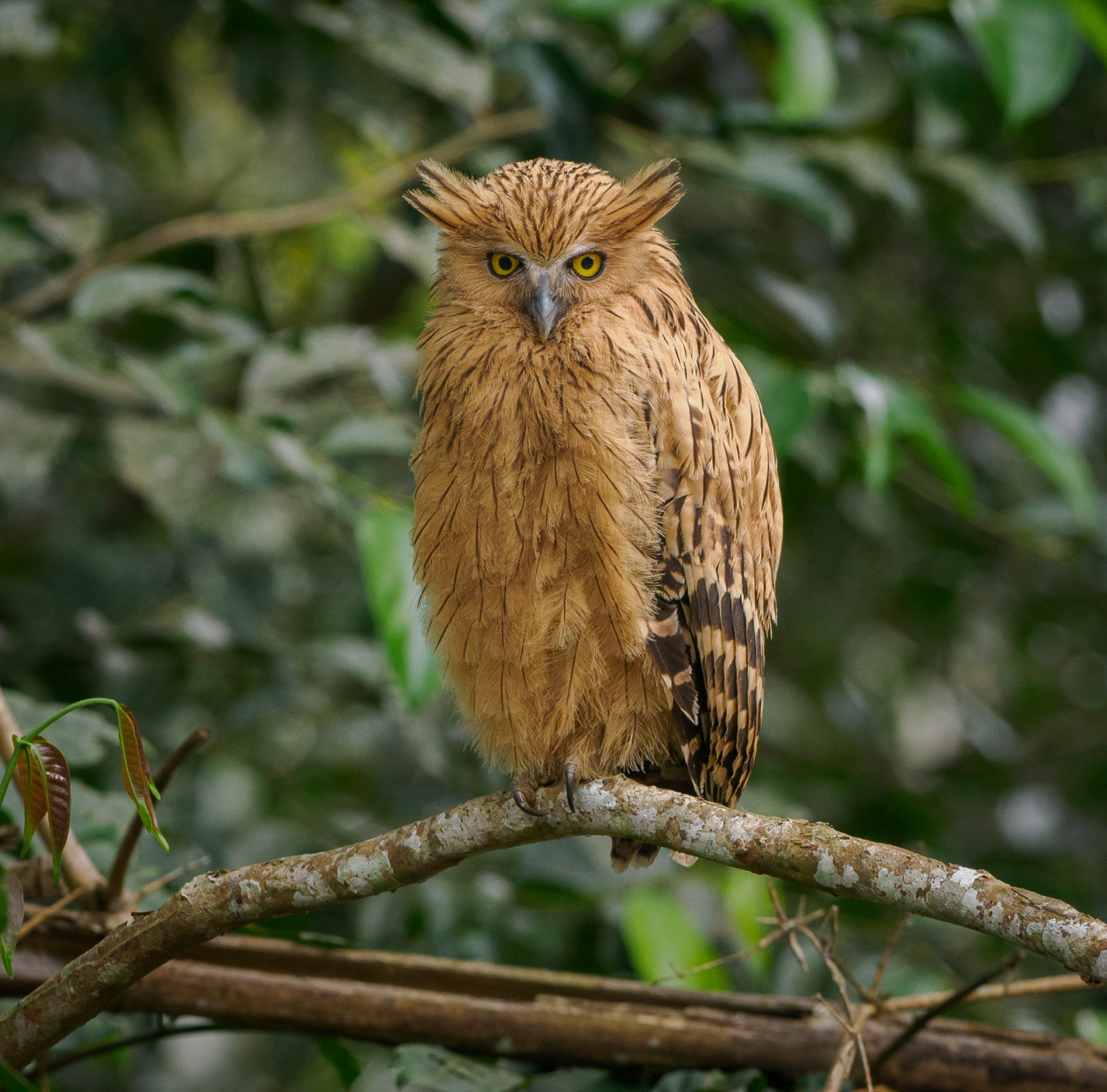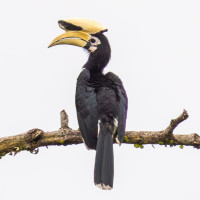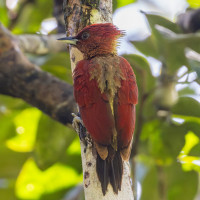Beschreibung
The Singapore Botanic Gardens is a beautiful and historic tropical garden established in 1859. More than 10,000 species of flora are spread over its 82 hectares area, which is stretched vertically. The longest distance between the northern and southern ends is 2.5 km. The Gardens are an important habitat for both resident and migratory birds. Over 180 species of birds have been recorded at the Gardens. Among the birds you can encounter are Buffy Fish-Owl, Oriental Pied-Hornbill, Red Junglefowl, Greater Racket-tailed Drongo, Banded Woodpecker, Stork-billed Kingfisher, Asian Glossy Starling, Pin-striped Tit-Babbler, Black-naped Oriole, Blue-crowned Hanging-Parrot, Blue-throated Bee-eater and many more, see the birdlist below.
Details
Zugang
Singapore Botanic Gardens is located at the fringe of the Orchard Road shopping district in Singapore. There are two entrances: Tanglin entrance and Bukit Timah entrance. Both easy accessible by public transport. The Tanglin entrance is close to Napier MRT Station. For the Bukit Timah entrance you can travel to Botanic Gardens Station.
The gardens are open daily from 5 am to midnight, and admission is free. The only ticketed attraction is the National Orchid Garden, where you may purchase tickets at its entrance.
